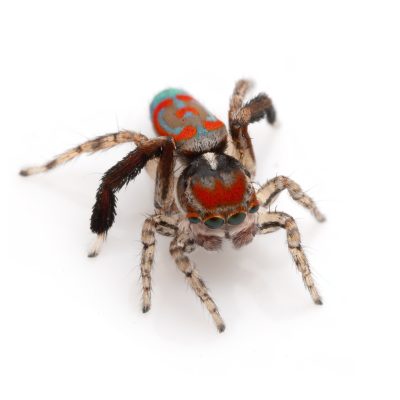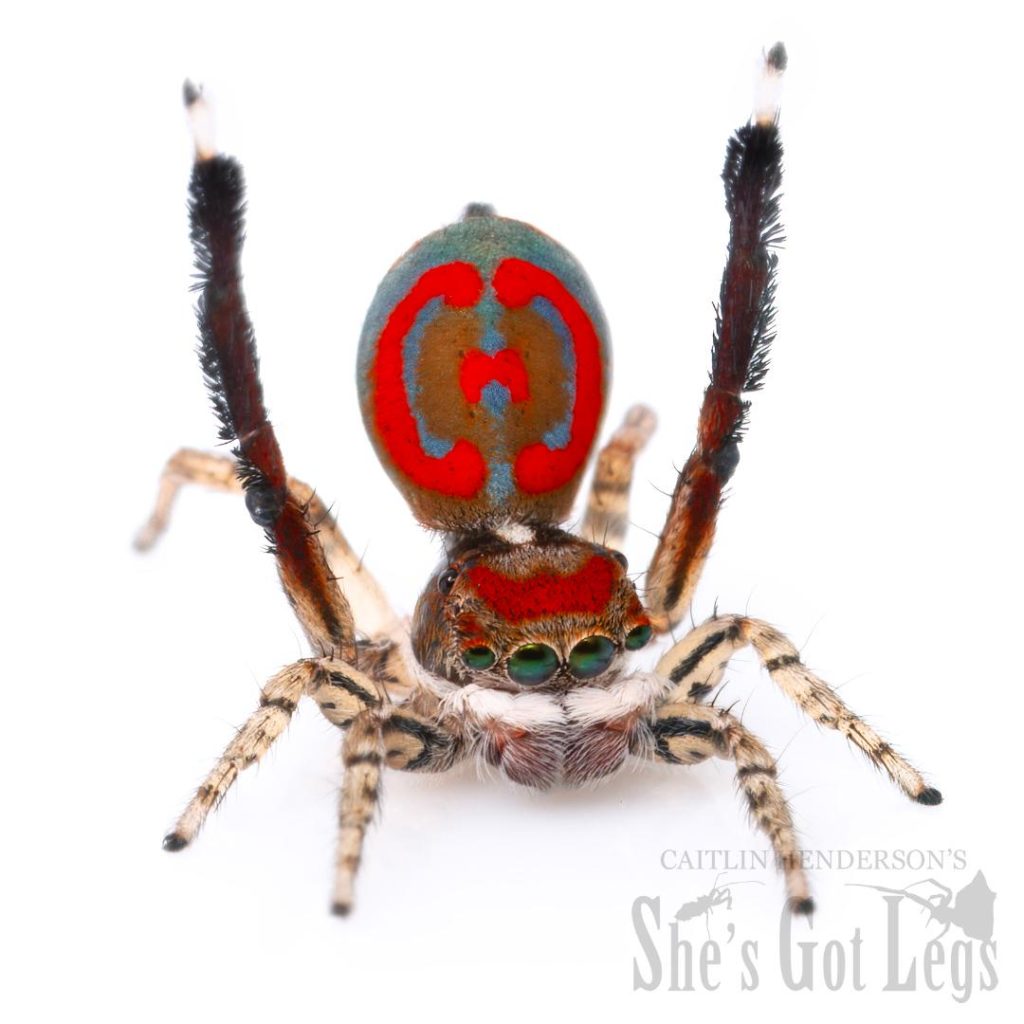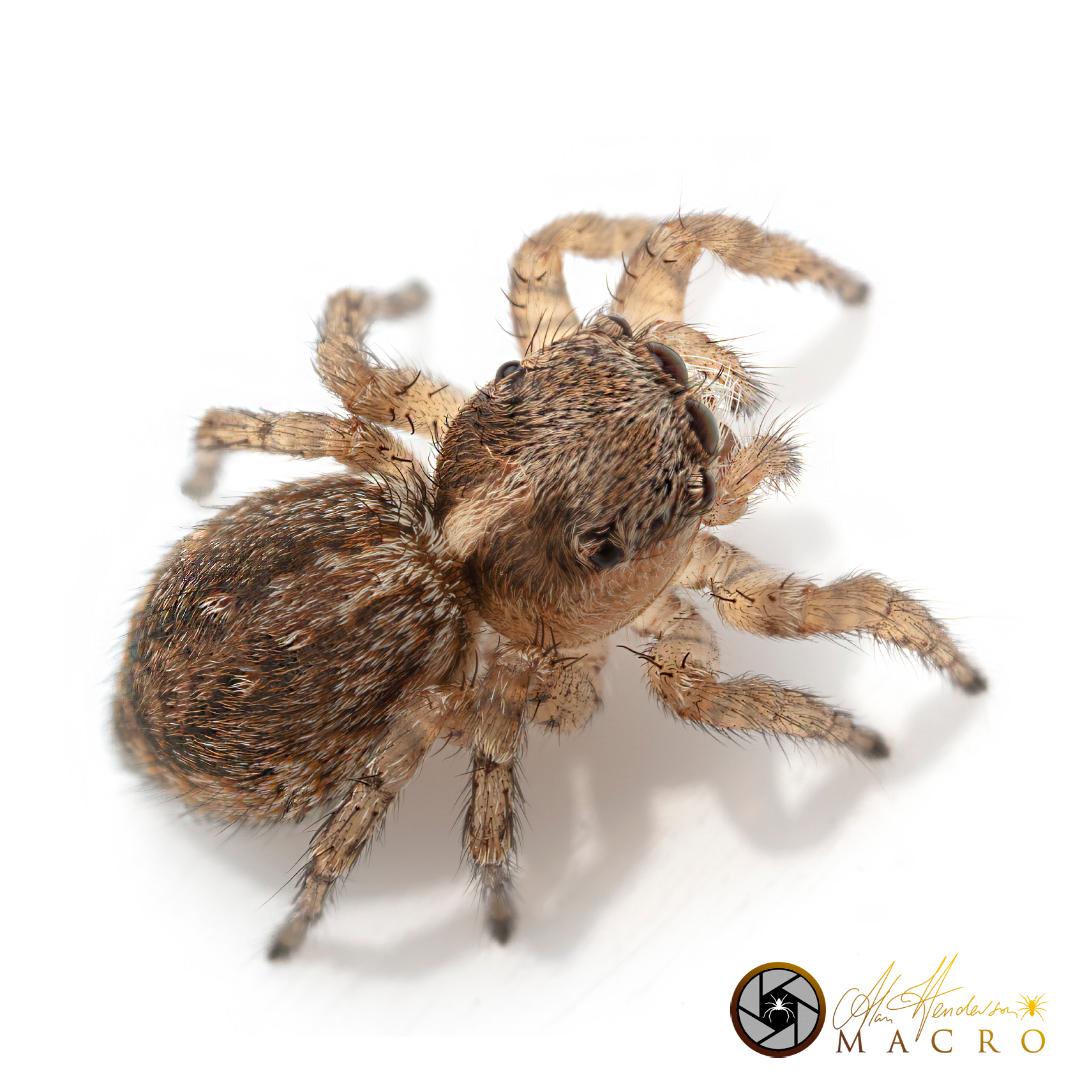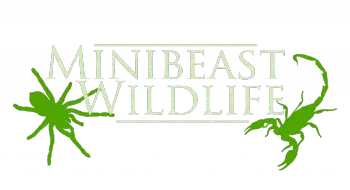SPECIES PROFILE
Maratus literatus
Lettered Peacock Spider

Lettered Peacock Spider (Maratus literatus)

The Lettered Peacock Spider (Maratus literatus) is a charismatic little species of jumping spider. It is named after the red letter-like pattern on the head of the male spider. It looks like an ‘M’ or “W’ depending on which way you view it. The males are quite stunning with their attractive colouration; bright red, blue, black and white. Like other Maratus species, they are captivating spiders with captivating behaviour. The males are animated dancers while courting females, displaying an incredible repertoire of dance moves. The target of the males’ creative moves, lack the colour of their grooving counterparts, instead being well camouflaged to blend in with debris and earth tones of their habitat.

Distribution and habitat
Lettered Peacock Spiders are found in south-eastern Australia, present in New South Wales, Victoria and South Australia. They are typically found in open bushland living in the understory within the lead litter and grasses. They are also found in disturbed areas adjacent to their natural and are present within some suburban gardens providing suitable environments.
Size
In the spider world, even among other jumping spiders, Lettered Peacock Spiders are very small. Adult males measure up to 4.5mm in body length. Females are slightly larger reaching 5mm in body length.
Behaviour
Lettered Peacock Spiders are diurnal; active during the day time. Like most peacock spiders, they tend to be most active in fine weather, particularly active on sunny days. In the early mornings they will often seek sunny positions, but during hot weather they will often seek shelter beneath leaves and other cover to avoid over-heating. When active they can be seen rapidly pinging around, with short sharp movements. Both sexes will leave drag lines of fine silk wherever they go. Males will actively seek out females, initially tracking them using their pedipalps by detecting the pheromones left by females on their drag lines. Males will change behaviour in the presence of a female and begin to signal with leg raising as they move around. Once a male spots a female visually, he will begin his amazing dance. A receptive unmated female will allow a male to continue to dance and approach her. Unreceptive or females that are already mated will send signals of disinterest to the male via body movements and often aggressively approach the male and attack him. Females doing this regularly launch and crash into males, appearing to headbut them, however the males usually retreat uninjured.
Diet
Lettered Peacock Spiders are generalist hunters in that they do not specialise in a particular type of prey. Size is the obvious restriction and they will take small invertebrates, even other spiders (including smaller members of their own species). Tiny flies are the most common prey item these spiders are seen feeding on, the size of the flies sometimes as large as the spiders themselves.
Keeping Lettered Peacock Spiders as pets
These spider hold great appeal due to their spectacular colours and unique behaviours. Their diminutive size however, makes them quite difficult to keep and requires a great deal of dedication from the keeper. They require a small and secure enclosure with good ventilation, mild temperatures and relatively dry conditions. Minibeast Wildlife is currently working on breeding this incredible species and establishing a husbandry guide. Sign up to our Wait Lists to be notified when they become available. Visit our Breeding Room to find out if Lettered Peacock Spiders are available now.
